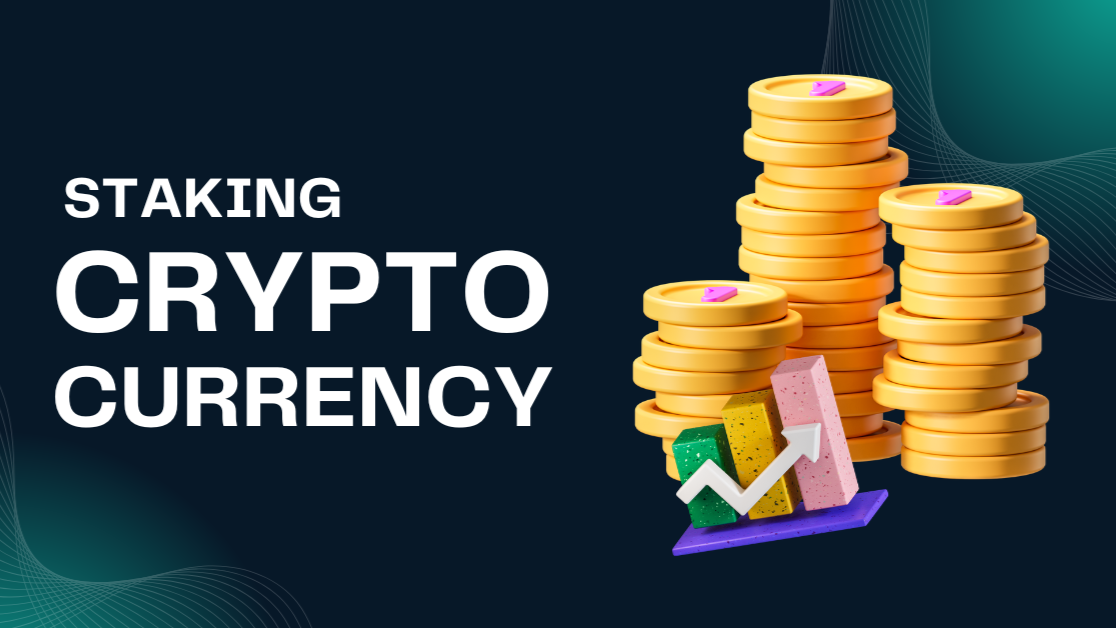Top Four Cryptocurrencies for Staking to Earn Passive Income in 2025

Staking cryptocurrencies has become a popular way for crypto investors to generate passive income, while also investing in popular digital assets and blockchain networks, making your return on investment even more enticing. By locking up or delegating tokens, users can earn rewards in the form of annual percentage yields (APYs), making staking an attractive option for those seeking steady returns.
Among the top 10 cryptocurrencies by market value in 2025, Ethereum (ETH), Solana (SOL), Binance Coin (BNB), and Cardano (ADA) stand out for their robust staking ecosystems for generating yield. These assets, all within the top tier of the market, offer accessible staking options through various wallets and exchanges, allowing users to earn rewards while contributing to their respective networks.
This article explores how to stake these cryptocurrencies, their estimated APYs, and essential best practices to maximize returns safely.
Staking Processes
Ethereum, the second-largest cryptocurrency, transitioned to a proof-of-stake system in 2022, enabling staking for network validation. Investors can stake ETH through solo staking, which requires 32 ETH and technical expertise to run a validator node, or via staking pools and exchanges for simplicity. Platforms like Lido Finance offer liquid staking, providing stETH tokens that can be used in decentralized finance (DeFi) while earning rewards. Estimated APYs for ETH staking range from 3% to 5%, depending on the platform and network conditions, with solo staking potentially offering slightly higher returns due to lower fees. With the threshold for solo staking being high, many opt for more centralized staking options using exchanges, where you can deposit any amount of ETH to exchanges such as Gemini for example, and earn ETH staking rewards on the amount of Ethereum you have deposited. This is a pooled staking option where the exchange pools everyone's ETH together and stakes it.
Solana, known for its high-speed blockchain, allows users to delegate SOL to validators through wallets or exchanges. Wallets like Phantom or Solflare enable non-custodial staking, where users select validators based on performance and fees, while exchanges like Binance and Gemini provide locked staking options with higher APYs for pooled staking and lower deposit thresholds. Solana’s staking APYs typically range from 5% to 7%, with locked staking on some platforms reaching up to 11.5%. Liquid staking protocols like Jito enhance flexibility by issuing tradeable tokens, making Solana a favorite for investors seeking both rewards and liquidity.
Binance Coin, the native token of the BNB Chain, offers staking primarily through Binance’s platform, where users can choose flexible or locked terms. Locked staking for 90 days can yield APYs up to 14%, while flexible options provide lower returns around 0.05% to 3%. Non-custodial staking via wallets like Trust Wallet is less common but viable for those prioritizing security. BNB’s staking is tightly integrated with Binance’s ecosystem, making it user-friendly for those already active on the platform, though its centralized nature ties returns to Binance’s performance, and tightly controlled and silo'd to Binance.
Cardano’s Ouroboros protocol supports staking through delegation to stake pools, with no lock-up periods or slashing risks, offering better flexibility. Wallets like Yoroi or Daedalus allow users to delegate ADA to pools, while exchanges like Bitget provide APYs up to 7%. Cardano’s APYs generally range from 1.7% to 7%, with non-custodial wallets such as Exodus yielding 3% to 5%. The absence of lock-ups makes Cardano ideal for investors who value access to their funds, and its decentralized staking model appeals to those prioritizing network security.
Staking Best Practices
To stake these cryptocurrencies effectively, several best practices apply across all four assets. First, you can opt to choose a non-custodial wallet like Trezor or Phantom to retain control of private keys, reducing risks with exchanges, although for beginners, using an crypto exchange to start staking with smaller amounts is perfectly fine as well until you become more comfortable with the staking process. When selecting platforms or validators, research their reputation, fees, and performance metrics. Diversifying stakes across multiple validators or pools can mitigate risks from poor performance or technical issues. Finally, consider compounding rewards by reinvesting them to maximize long-term returns, especially on platforms offering auto-staking features.
Staking ETH, SOL, BNB, and ADA presents an attractive opportunity for investors to earn passive income while supporting robust blockchain networks. Each crypto offers unique technical strengths and staking mechanisms, making them accessible to a wide range of users through wallets and exchanges. While the potential for consistent rewards is significant, crypto investors should remain aware of risks such as price volatility, platform security, and evolving regulations. By thoroughly researching platforms and adhering to best practices, individuals can effectively stake these assets to generate steady returns while dipping their toes into the crypto world.

